Changing the face of fishing
The Indonesian women hooking into blue swimmer crab
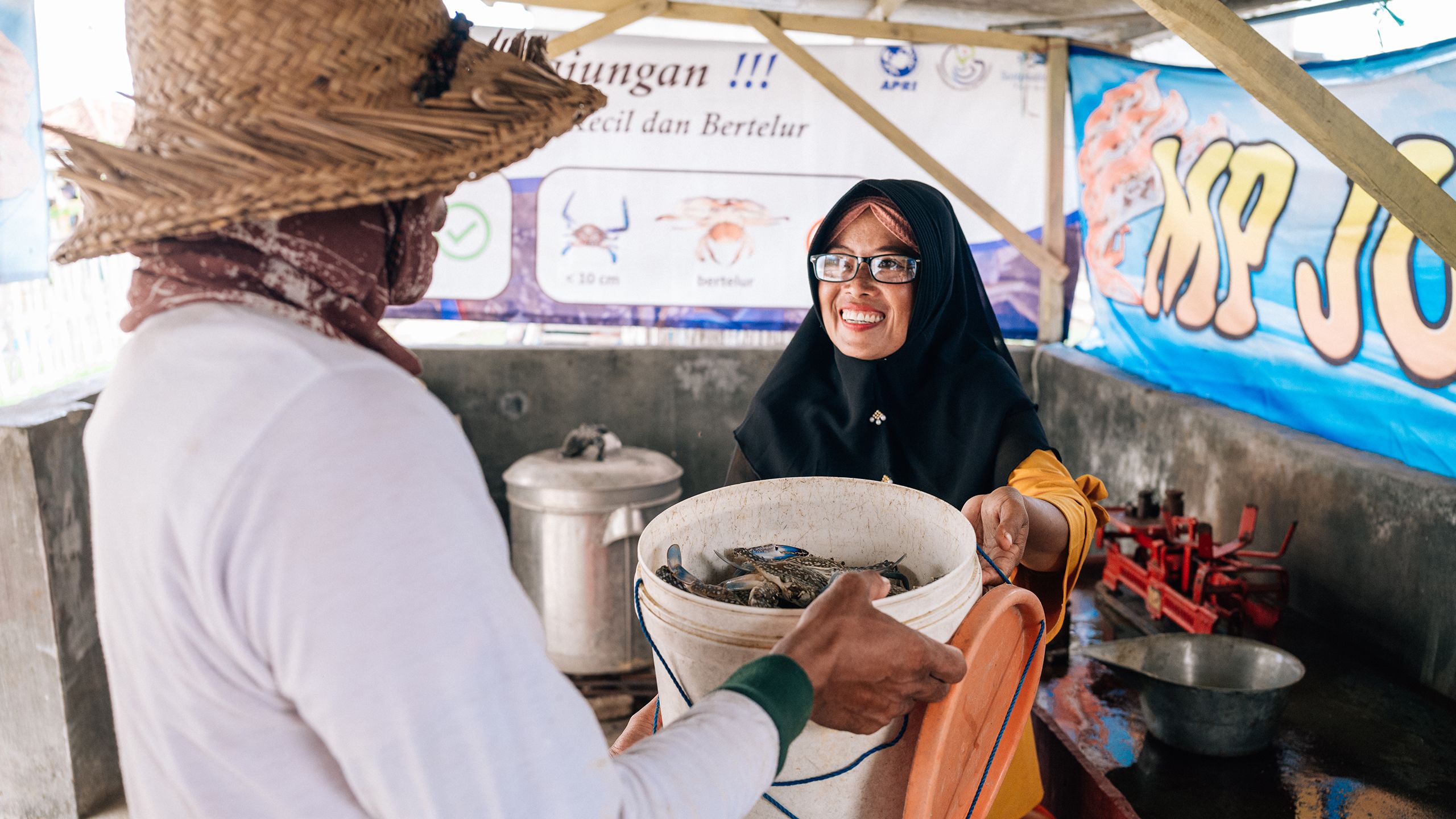
"When I started out, everyone told me this was a man’s job," says Ms Aik Wulandari, CEO of PT Nirwana Segara.
"All I knew then was that the world of fishing factories belonged to men. As time went by, that turned out to be wrong.
As I was the one with experience, in 2014, I became the head of the factory and that’s when I realised that there are no ‘men’ or ‘women’ in terms of all this.
Whoever has the most credible experience, that person deserves the recognition."
While the romanticised image of men on the open waters might come to mind when we think of fishing, women account for nearly half the global fisheries workforce.
Around the world, hundreds of millions of women make a critical contribution to every part of the process. They make and repair gear, organise fishing trips and deal with safety, regulations, marketing and research. They harvest seaweed and shellfish from the shore. Women are the dominant group in preparing and processing catch, collecting it from landing sites, cleaning it, sorting it, cooking it and taking it to market or packaging it for our plates.
Ms Aik’s factory processes and cans blue swimmer crab, one of Indonesia’s most valuable fishery exports, worth more than US$300 million annually.
Driven by demand from the US, where blue crab is a popular ingredient in salads and crab cakes, the industry has more than trebled in value since the early 2000s. Today, it supports the livelihoods of at least 90,000 fishermen and 185,000 women.
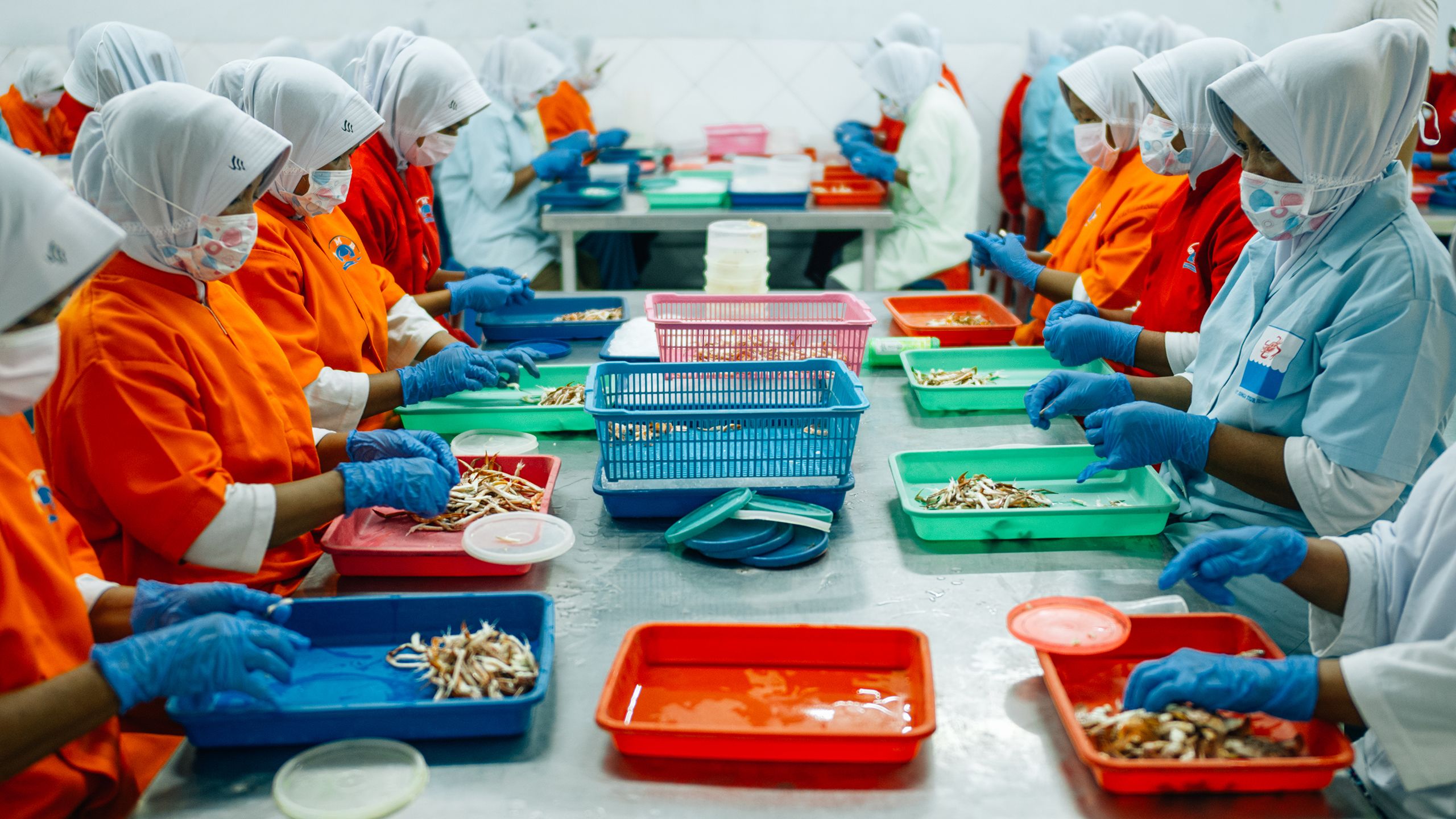
Although blue swimmer crabs are caught from coastal waters all around Indonesia, most come from the northern coastline of Java, Indonesia’s economic centre. Deep in the heart of this region lies Madura Island, which gives Eastern Java its distinctive crab-claw shape.
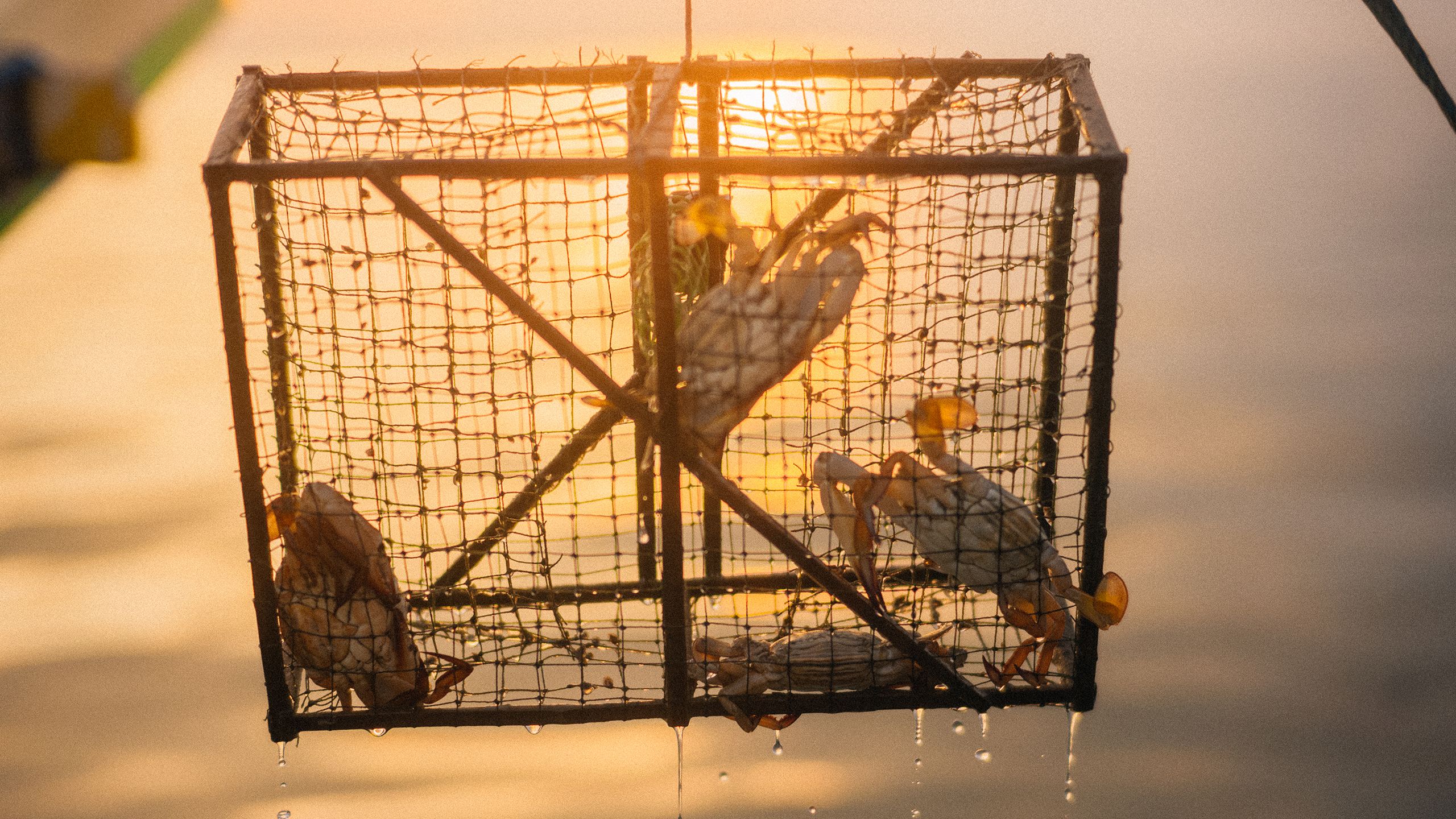
In the village of Padelegan, blue swimmer crabs are the backbone of the local economy and the main employer. For many women, including processing worker Siti, the crabs are a vital economic lifeline.
“They’ve long been part of my family. The work they provide has significantly improved our families economic wellbeing. It’s helped us to pay for our children to go to school, and to support the whole household too.”
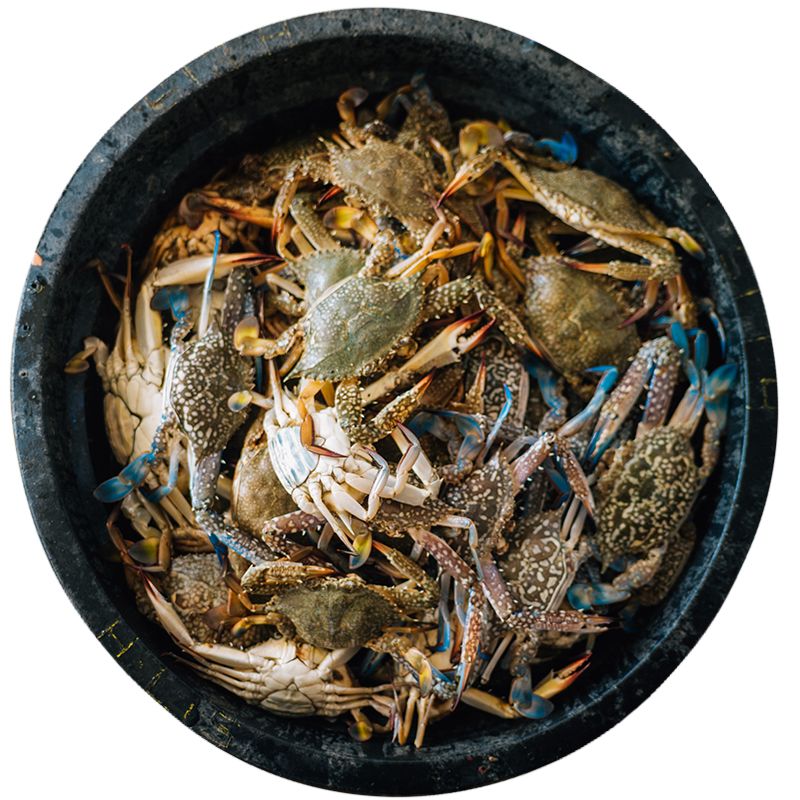

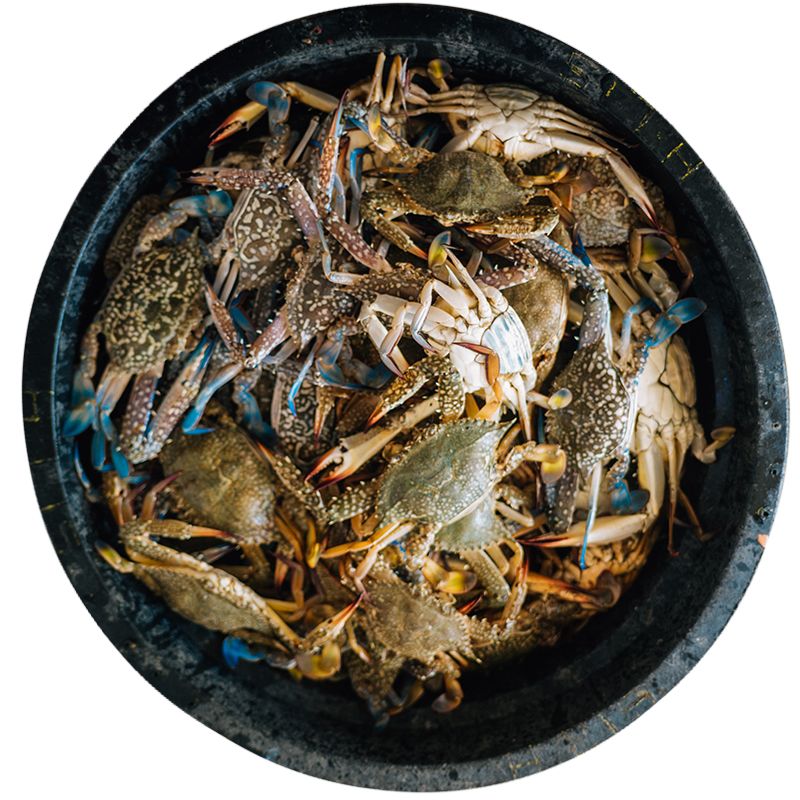
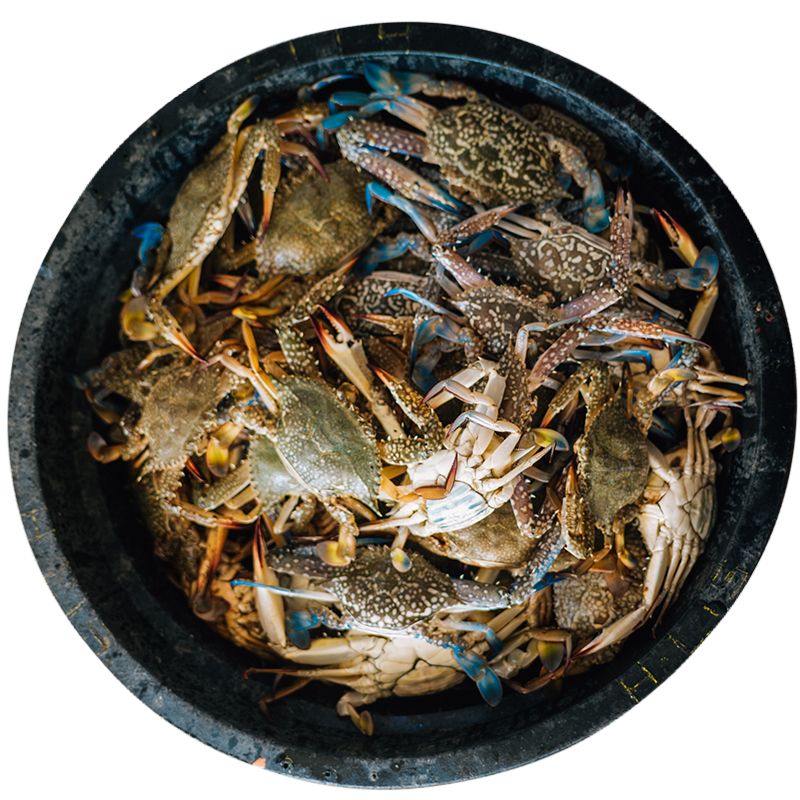

Coral triangle under threat

But there’s a potential threat on the horizon. The waters around Padelegan’s coast form part of the Coral Triangle, an area so rich in underwater life that it is known as “the Amazon of the seas.” These waters are so productive, they have helped Indonesia become the largest fish producer in the world after China.
Across the country, over six million people are involved in the fisheries sector, and seafood provides more than half of people's animal protein intake.
However, as demand for seafood continues to rise, some Indonesian fish stocks are being overfished and domestic food security, local livelihoods and marine biodiversity are at risk.
To help the blue swimmer crab fishery overcome these challenges, the Fish for Good Indonesia project is working with the government, fisheries and other vital stakeholders to work towards sustainability.
Initiated the Marine Stewardship Council and supported by the Dutch National Postcode Lottery, the four-year initiative is working to improve traceability, data collection and fishing practices so that the fishery can continue to thrive.
Key partners in this endeavour include the Indonesian Blue Swimmer Crab Association (APRI), whose members collectively process 85% of swimming crab in Indonesia, as well as the MMAF, the Ministry of Marine Affairs and Fisheries.
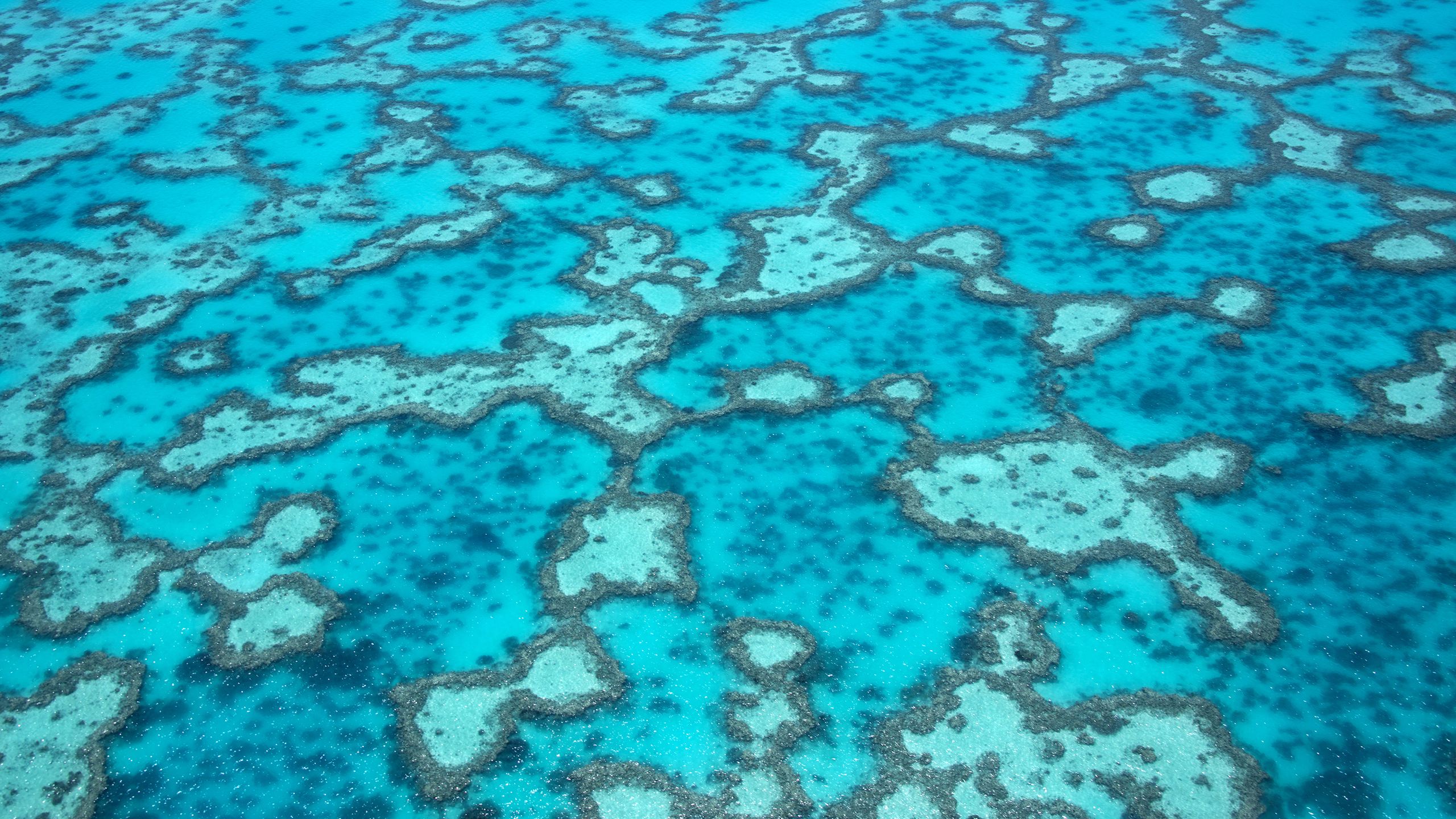
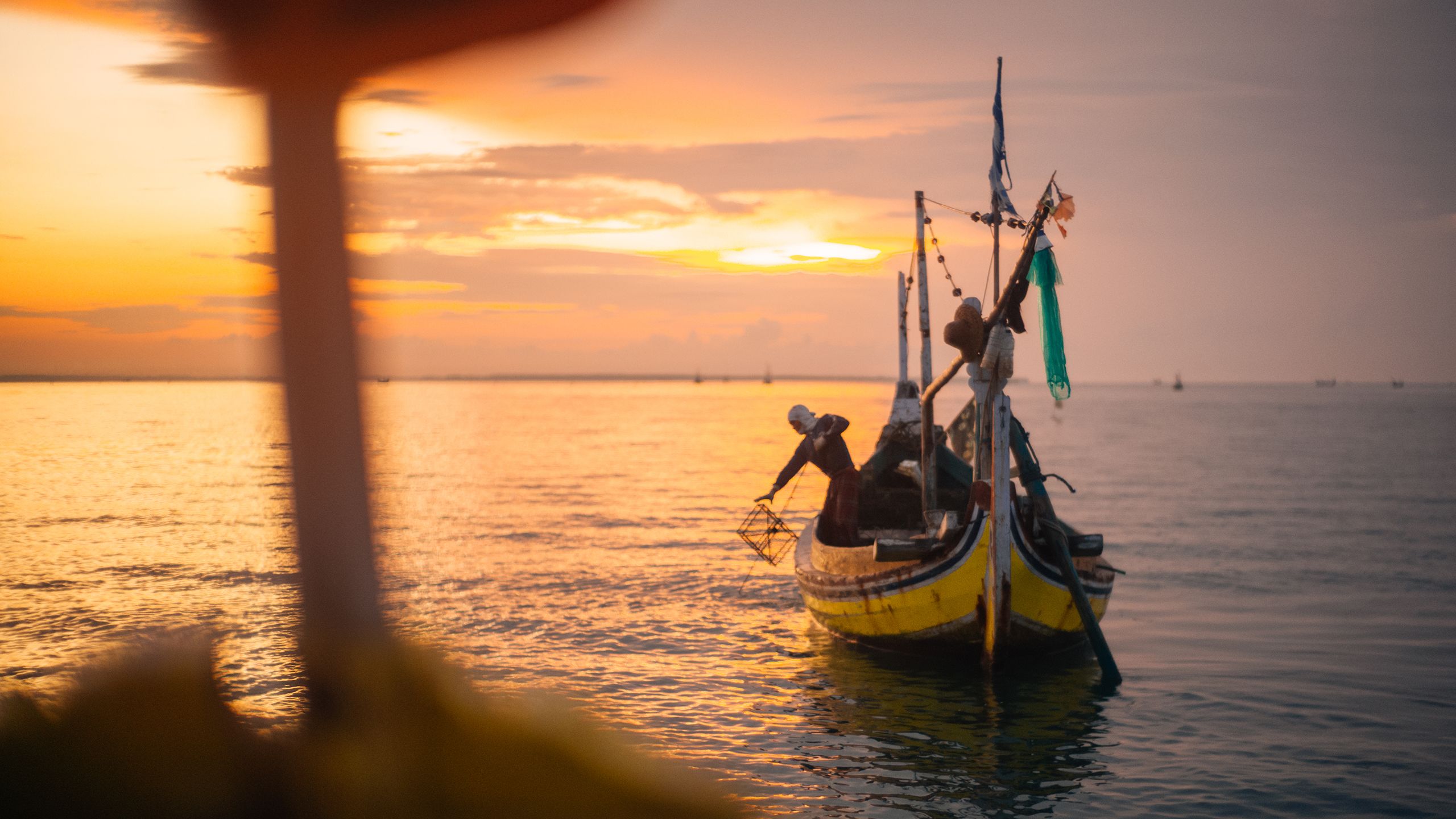
Charting a sustainable course


On the ground in Padelegan, it’s the women who are leading the way. When the catch arrives at Adaifah’s cooking station, it’s her job to inspect it, sort it and record it.
Good data is the basis of effective fishery management, so she captures information on who the fishers are, how much they caught and the type of gear they used. To help ensure the catch is sustainable, she never accepts crabs less than 10cm in length or so-called berried females – those carrying eggs.
“Our buyers don’t want undersized crabs. If the fishers accidentally bring us a juvenile crab, we release them immediately back to the sea. Taking undersized crabs now won’t be sustainable in the long run”
The catch is then steamed and distributed to a handful of small processing areas around the island, known as “mini plants”.
Siti is one of a small army of female workers that picks and cans the crab so it is ready for export. For her, being part of something sustainable is very important.
“The sea and the life it contains is part of all of us. It is up to us to ensure we establish a sustainable future for our children”.
Out on the water, the fishermen are doing their bit too. They’ve switched their gear to “bubu”, collapsible bamboo traps. Unlike the gillnets they used to use, the bubu don’t damage or kill the crabs, maximising the quality and freshness of the catch. The traps also only target larger crabs, reducing the accidental capture of juveniles, as well as other species.

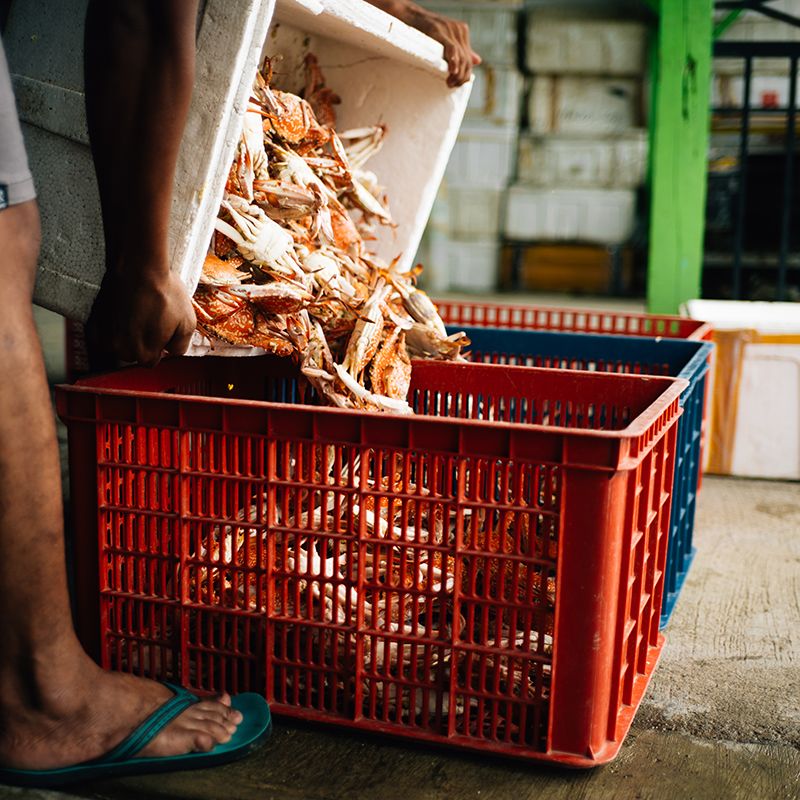
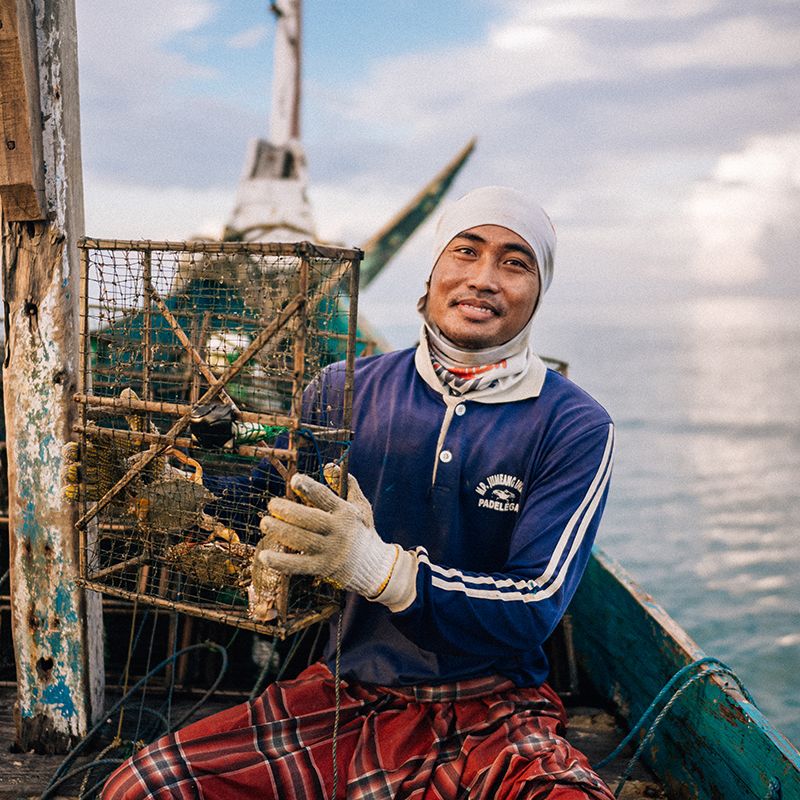
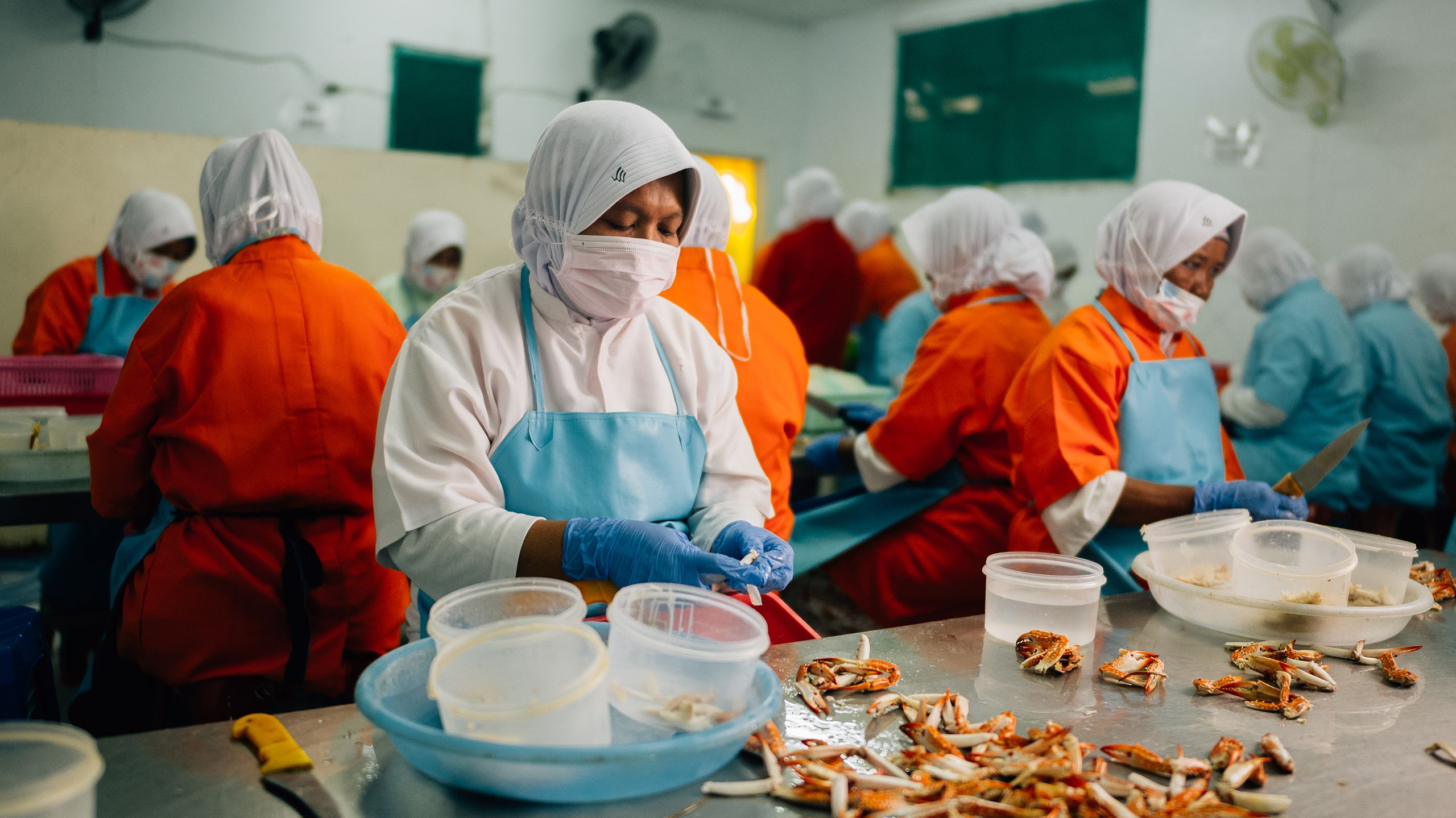
Towards more female-inclusive fisheries


Padelegan’s fishers and fish workers are proud of what they’ve achieved so far, and cautiously hopeful that they might one day earn the MSC blue label.
They’re hopeful too that the contribution women make to fisheries will be better recognised in future.
Hundreds of millions of women working in fisheries worldwide remain overlooked and undervalued – excluded from decision making in spite of their vast experience in fishing, management, processing and marketing.
Siti in particular wants to see this changed, and feels that Padelegan’s achievements might be a good foundation on which to build.
“We hope that our work here can be a source of inspiration for other women across the world, especially those who work in the fishing industry”.
